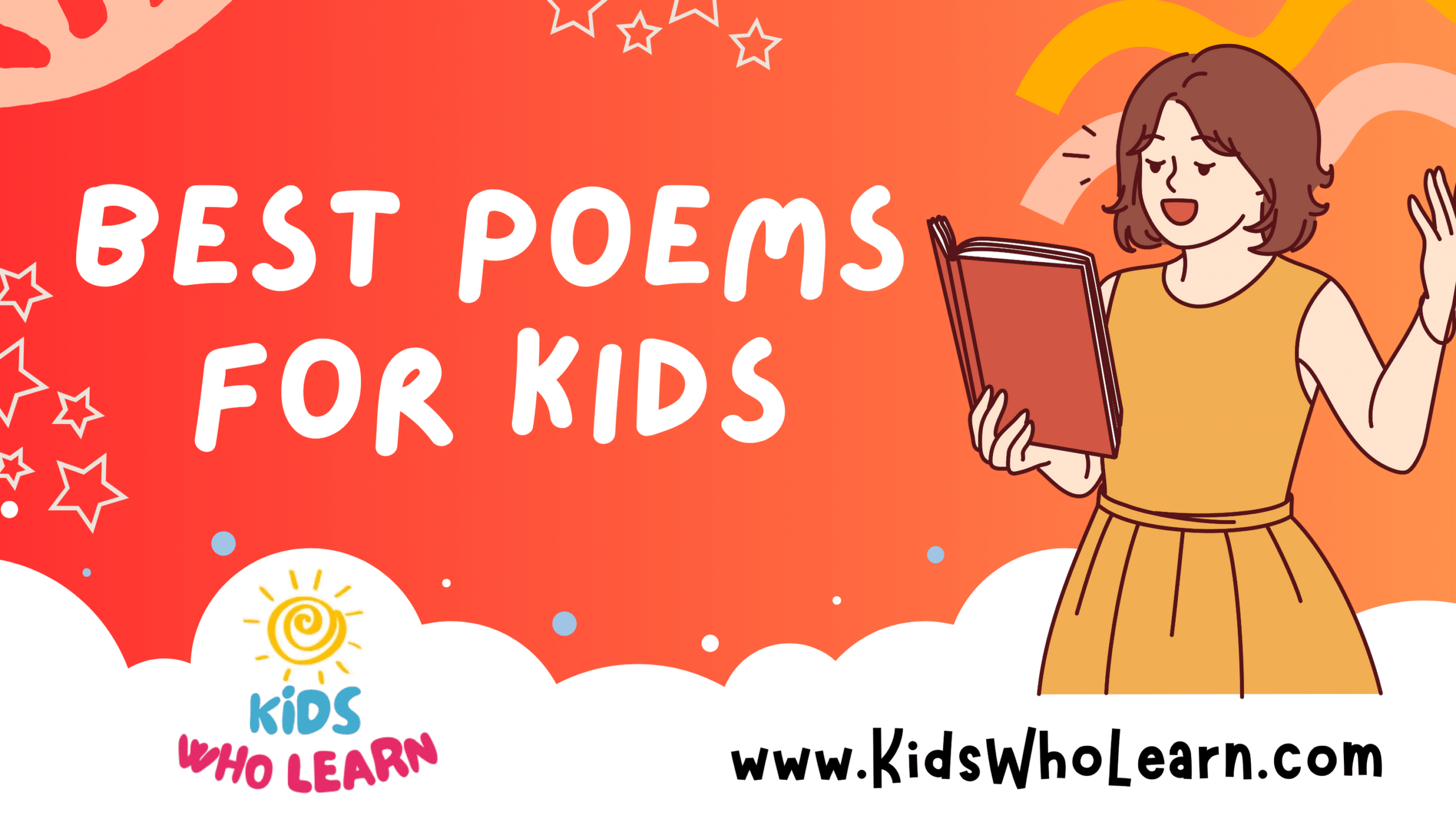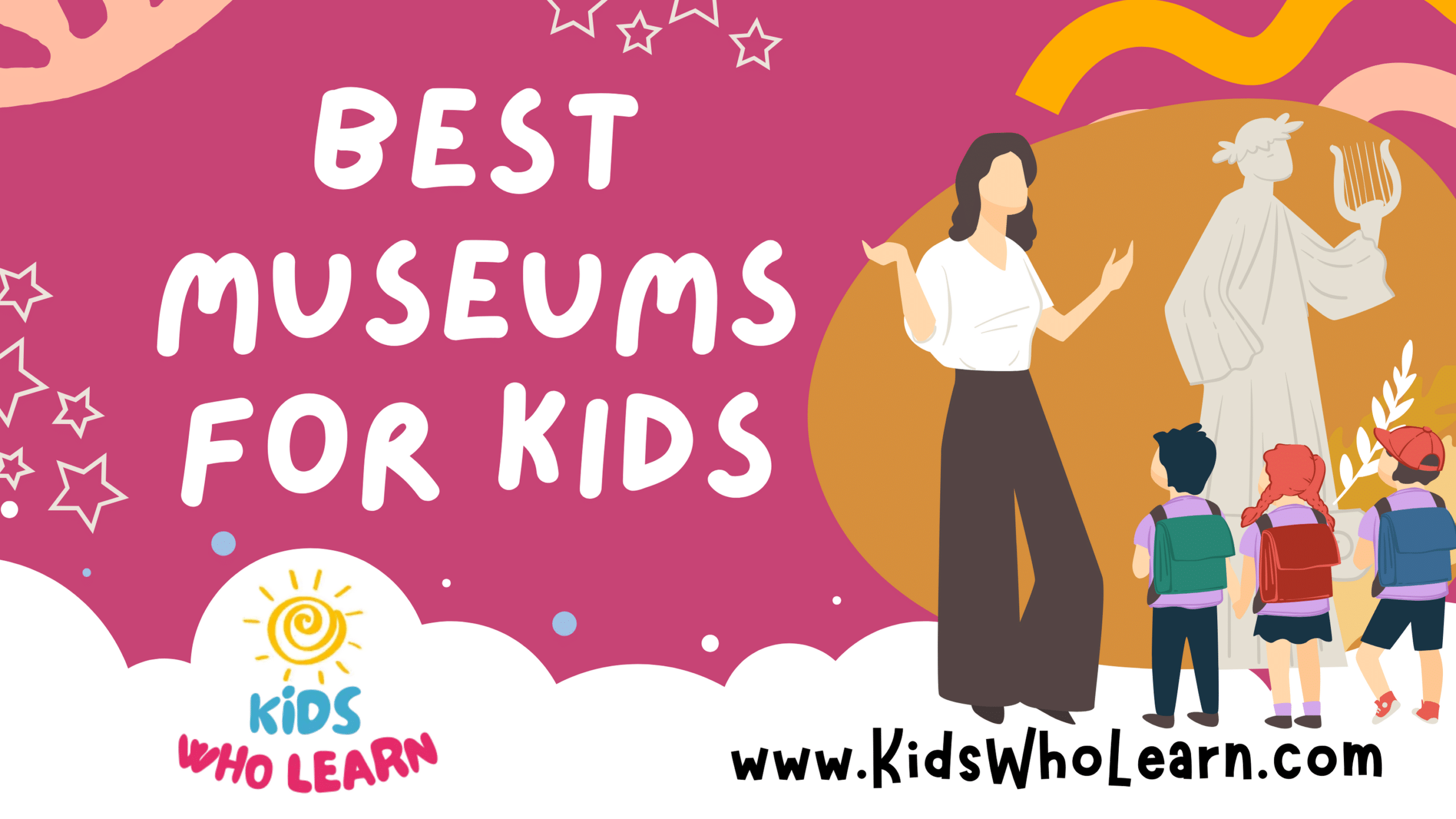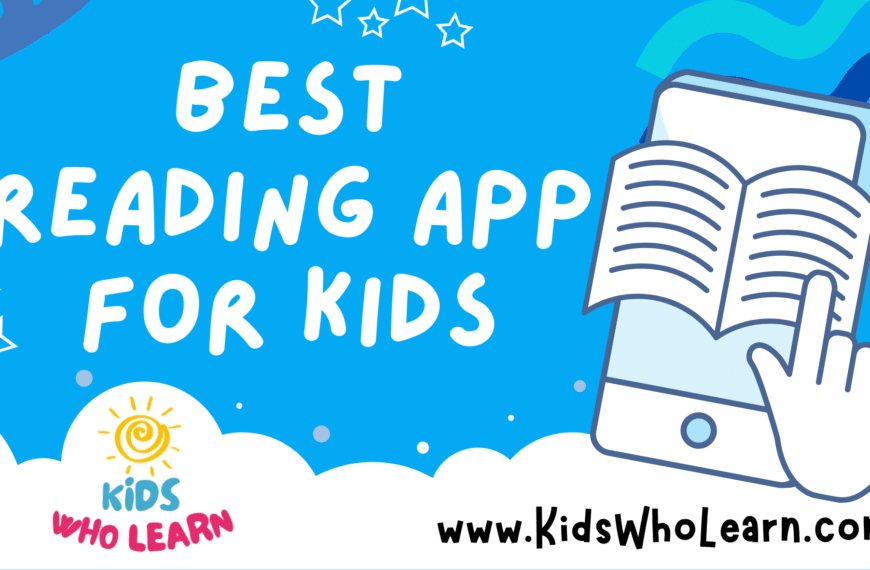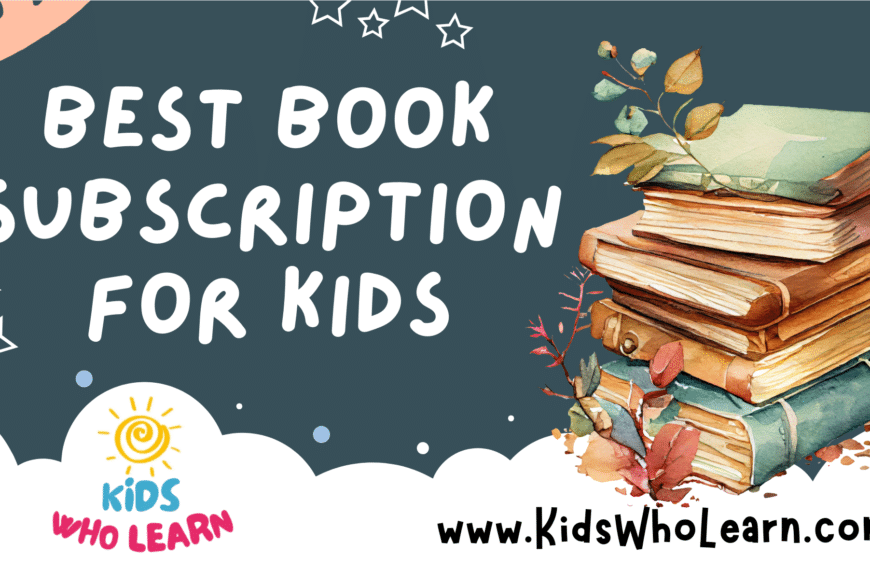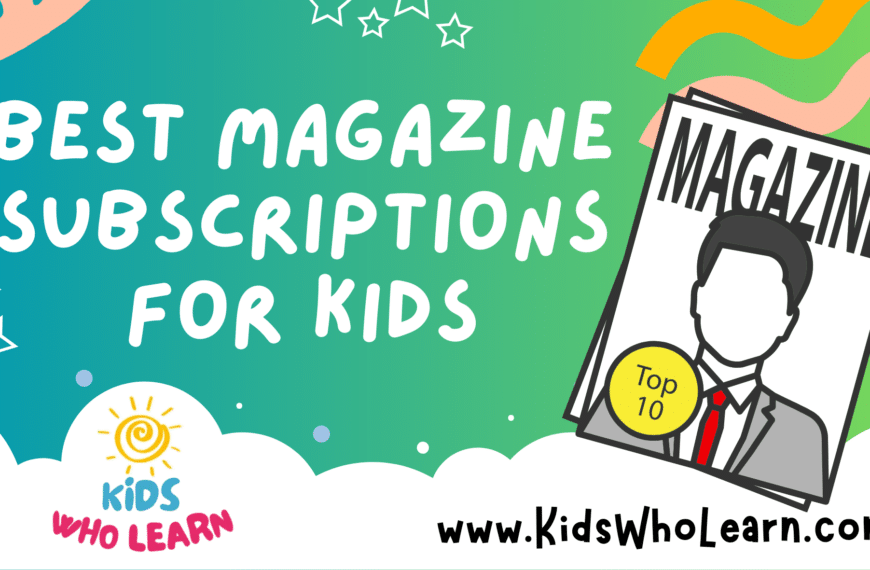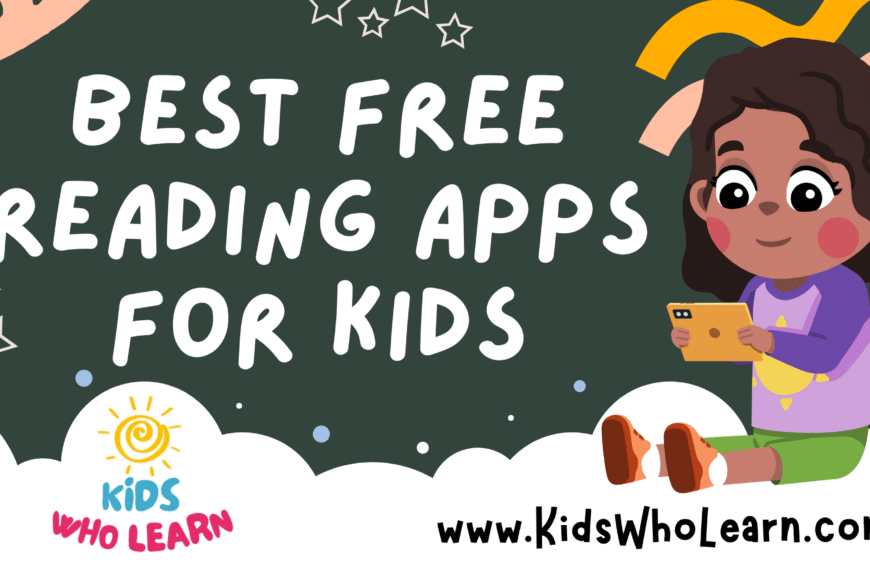Introducing children to poetry is a wonderful journey into the world of rhythm, rhyme, and rich language. Poems offer young minds the opportunity to experience language in its most imaginative form, allowing them to explore themes and emotions that resonate with their experiences. Kid-friendly poems often feature playfulness and wit, sparking a love for words and storytelling that can last a lifetime.
Selecting the best poems for kids requires consideration of their interests and comprehension levels. Classics by authors like Shel Silverstein or Dr. Seuss have stood the test of time due to their universal appeal and engaging content. However, there is a wealth of poetry out there that caters to every taste and developmental stage, from silly limericks to poignant verses that inspire reflection and the expansion of worldviews. Through poetry, children also deepen their understanding of language structures and vocabulary, enhancing their overall literacy.
Key Takeaways
- Poems for kids stimulate imagination and help cultivate a love for language.
- There is a diverse range of poetic styles and themes that appeal to children at different ages.
- Exploring poetry enhances literacy and cognitive skills in young readers.
The Joy of Poetry for Children
We find that introducing poetry to children opens a world of wonder and joy. It is a special form of reading that flourishes in the hearts and minds of young listeners and readers.
Imagination: Poetry encourages kids to explore vast landscapes within their minds. It serves as a key that unlocks their imaginative potential.
Language Skills: Through engaging with poems, children enhance their language skills. They become acquainted with rhyme, rhythm, and the musicality of language.
Cognitive Development: Poetry also supports cognitive development. As children process the metaphors and symbolism often found in poems, they learn to think abstractly and critically.
Here is a breakdown of poetry’s impact on children:
| Aspect | Influence of Poetry |
|---|---|
| Imagination | Fosters creativity and mental visualization. |
| Language Skills | Improves vocabulary, comprehension, and articulation. |
| Joy | Offers enjoyment and a sense of achievement. |
| Cognitive Development | Encourages higher-level thinking and problem-solving. |
By reading poetry, we allow children to express themselves in novel ways and comprehend the world through a different lens. We see their joy when they encounter the rhythm and melodic qualities of a well-crafted poem, which can be as delightful to them as any song or story. Poetry shapes their burgeoning minds while entertaining and educating them in equal measure.
Discovering the Classics
Classic children’s poetry has the power to ignite imaginations and introduce young readers to a rich literary heritage. We focus on four iconic poets whose works have become timeless treasures in children’s literature.
Remembering Robert Louis Stevenson
Stevenson’s A Child’s Garden of Verses is a cornerstone of children’s poetry. Undoubtedly, poems like “The Swing” enchant with their rhythm and imagery, sparking a lifelong love for verse.
- Key Poem: “The Swing”
- Memorable Line: Up in the air so blue? Oh, I do think it the pleasantest thing ever a child can do!
Celebrating A. A. Milne
Milne is best known for creating the world of Winnie-the-Pooh, but his poetry in When We Were Very Young resonates with whimsy and the simplicity of childhood.
- Notable Works: When We Were Very Young, Now We Are Six
- Cherished Poem: “Halfway Down”
Exploring Lewis Carroll
Carroll’s playful language in poems like “Jabberwocky” from Through the Looking-Glass introduces kids to nonsensical verse, fostering creativity and a love for the musicality of words.
- Signature Style: Nonsense Verse
- Featured Poem: “Jabberwocky”
Christina Rossetti’s Contributions
Rossetti’s poetry, including “Who Has Seen the Wind?” provides a gentle and lyrical exploration of nature and introspection that continues to captivate children and adults alike.
- Poetic Themes: Nature, Curiosity
- Iconic Poem: “Who Has Seen the Wind?”
By revisiting these classics, we offer children a glimpse into the enchanting world of poetry, where language dances and stories unfold in the most mesmerizing ways.
Thematic Exploration in Kids’ Poetry
In exploring themes for children’s poetry, we categorize content into four distinct subsections: Nature and Environment, Animals and Fun, School and Learning, and Family and Love. These themes contribute to the child’s understanding and enjoyment of poetry.
Nature and Environment
Poems focused on nature and the environment often impart an appreciation for the beauty and diversity of the natural world. Our curated nature poems enable children to grasp environmental concepts and foster a connection with the world around them. For example:
- The Giving Tree by Shel Silverstein teaches about selflessness and the relationship between humans and nature.
Animals and Fun
We center on animals to instill both entertainment and educational value. Animals and Fun poems capture the imagination and playfulness of childhood. Poems in this category integrate animal behavior into engaging and often humorous narratives, aiding in memory retention and ethical growth.
- “The Owl and the Pussycat” by Edward Lear highlights adventures and bonding.
School and Learning
School-themed poetry explores the experiences and challenges encountered within educational settings. These poems introduce children to school life and the love for learning in a relatable context, often using school as a backdrop for larger life lessons.
- Alliteration and rhyme are employed to make learning fun, as seen in “Sick” by Shel Silverstein.
Family and Love
The strongest emotional connections often relate to family and expressions of love. Poems in this section provide a foundation for understanding family dynamics and the many forms that love can take. They reinforce the bonds children share with family members.
- In poems like “Love That Dog” by Sharon Creech, we witness love and healing through family connections and memories.
Humor and Laughter in Children’s Verses
We acknowledge that humor plays a pivotal role in children’s literature, and poetry is no exception. Funny poems not only entertain young readers but also foster a love for language and creativity. Let’s explore how iconic poets like Edward Lear, Shel Silverstein, and Gelett Burgess have infused laughter and happiness into their verses, captivating children across generations.
The Whimsy of Edward Lear
Edward Lear, an author and artist, is renowned for his nonsensical and whimsical poetry. He crafts unique realms using imaginative wordplay and eccentric characters. Lear’s “A Book of Nonsense,” consisting of limericks, is celebrated for its engaging rhythm and humorous content, often culminating in an amusing twist that elicits laughter from its readers.
- Noteworthy Poems:
- “The Owl and the Pussy-cat”
- “The Jumblies”
Lear’s contributions have been pivotal in shaping children’s literature by demonstrating how humor and invented language can create joyful experiences.
Shel Silverstein’s Playful Poems
Shel Silverstein’s approach to poetry is delightfully irreverent and imaginative. His books, such as “Where the Sidewalk Ends” and “A Light in the Attic,” are filled with poems that resonate with children through their playful nature and unexpected conclusions.
- Key Themes:
- Innocence
- Adventure
- Humor
Silverstein’s ability to connect with his audience through relatable scenarios and twist endings has made his work a staple in fostering a sense of joy and laughter in young readers.
Lighthearted Lines by Gelett Burgess
Gelett Burgess is often remembered for his poem “The Purple Cow,” which showcases his talent for infusing wit and humor into simple concepts. His endearing and comical verses contribute to children’s enjoyment and engagement with poetry while nurturing a sense of happiness and laughter.
- Examples:
- “The Goops”
- “The Purple Cow”
His playful style and clever use of language make Burgess’s poetry a source of entertainment and lightheartedness, reinforcing the value of humor in children’s verse.
Poetry That Teaches and Inspires
https://www.youtube.com/watch?v=KqgVVl0O1kI&embed=true
In this section, we explore an array of poems that not only enchant young minds but also impart valuable life lessons. We focus on themes of empathy, friendship, aspiration, and celebration, woven into verses that resonate with children, igniting their imagination and nurturing their emotional intelligence.
Lessons on Empathy and Friendship
Empathy and friendship are cornerstones of social development. Shel Silverstein’s “The Giving Tree” teaches us about selfless love and the beauty of giving without expecting anything in return. In Jack Prelutsky’s work, we find poems like “My Best Friend is a Goldfish” which playfully address understanding and friendship in unlikely circumstances.
Dreams and Aspirations
We encourage children to reach for the stars and dream big through poetry. Langston Hughes’ “Dreams” succinctly captures the importance of holding onto aspirations. We see a beautiful example in Maya Angelou’s “Life Doesn’t Frighten Me,” offering courage and hope, empowering children to face challenges with a brave heart.
Celebrating Holidays and Special Occasions
Poetry also allows us to celebrate and reflect on the significance of holidays and special occasions. For instance, A.A. Milne’s “King John’s Christmas” brings out the joy of Christmas, combining humor with a subtle message of hope. Mother’s Day is beautifully echoed in Ann Taylor’s “My Mother,” highlighting the warmth and love of a mother’s care. These poems help us establish connections with these special times, fostering a sense of togetherness and festivity.
Cultural Impact of Poetry on Young Minds
In exposing young minds to poetry, we’re not just sharing words or stories; we’re imparting a slice of cultural heritage and historical context that shapes their understanding of the world around them.
The Influence of Nursery Rhymes
Nursery rhymes serve as a child’s first encounter with language and culture. These simple verses carry melodies and rhythms that captivate children, making them an engaging tool for memorization and learning. By reciting Mother Goose, for instance, we embed cultural idioms and societal values within young minds seamlessly. We often overlook how these rhymes:
- Establish phonemic awareness with rhyming schemes.
- Introduce basic concepts such as numbers and animals.
- Reinforce social norms indirectly through storytelling.
Historical Significance in Poetry
Poetry for children is also a conduit for history. Our reading selections convey significant eras, events, and historical figures, thus anchoring children in the timeline of human endeavors. For example:
- Poems that recount historical events teach children about important dates and heroes in a relatable manner.
- Poetry that references cultural practices broadens children’s horizons to diverse ways of life.
Through these historical narratives, we nurture a generation that is aware of its cultural roots and the evolution that has led to their present circumstances.
Building Literacy and Language Skills
We understand that poems for kids are a delightful way to enhance both literacy and language skills. Through poetry, children experience the rhythm and rhyme of language, crucial elements that aid in phonemic awareness. This awareness forms the foundation for reading proficiency.
Why Poems?
- Rhythmic Patterns: Help predict the structure of sentences and words.
- Rich Vocabulary: Introduces new words in a memorable context.
- Rhymes: Improve phonological awareness, a key reading skill.
- Repetition: Aids memorability and oral language.
Incorporating Poems into Learning
We encourage reading a variety of poems with children. When poems are read aloud, they experience the sounds and rhythms of language, which assist in recognizing word patterns and sounds. Additionally, we can foster an appreciation for nuances in meaning and language structure.
| Activity | Contribution to Skillset |
|---|---|
| Choral Reading | Enhances oral fluency and expression. |
| Poetry Writing | Boosts creativity and writing skills. |
| Memorization | Strengthens memory and cognitive development. |
In our classroom activities, it is essential to discuss poems. Discussion promotes comprehension, providing the opportunity for children to ask questions and express their interpretations. We also encourage children to write their poems, implementing new vocabulary and playing with the structure, which benefits both writing abilities and creative expression.
By integrating poetry into educational activities, we are equipping children with the foundational literacy and language skills vital for their academic journey. It is our belief that through poetry, we can foster a lifelong love for reading and writing.
Famous Poetic Works for Kids
In our exploration of poetry for children, we emphasize the joy and whimsy found in the verses from renowned authors. These classic poems capture the imagination, offering both laughter and learning through their rhymes and narratives.
Shel Silverstein’s Classics
Shel Silverstein’s poems are a treasure trove of humor and wisdom. “Snowball,” found in his collection “Falling Up,” is a hilarious short poem where a child humorously describes their whimsical winter experience. Shel’s work is celebrated for its ability to engage a child’s sense of adventure and its subtle moral lessons.
Memorable Poems by A. A. Milne
A. A. Milne’s poetic contributions are deeply cherished in the world of children’s literature. In “Now We Are Six,” Milne provides a collection of poems that walk through the milestones and imaginings of a child at the tender age of six. The poems from this collection resonate with the innocence and discovery of early childhood, and they are a perfect blend of thoughtfulness and mirth.
Engaging Rhymes by Mother Goose
Mother Goose rhymes have been charming children for centuries with their catchy melodies and engaging narratives. These rhymes often serve as a child’s first encounter with poetry, providing a gamut of funny poems for kids to recite and memorize. Their simple, rhythmic structures make them ideal for early literacy and language development.
Frequently Asked Questions
In this section, we answer common queries about selecting and using poetry for children, with a focus on educational settings.
What type of poetry is recommended for kindergarten students?
For kindergarten students, nursery rhymes and simple, rhythmic poems with repetition and rhyme are highly recommended. These types of poems not only enhance children’s language skills but also help them develop a love for the musicality of words.
Which short poems are ideal for children to memorize and recite?
Short poems with catchy rhythms and playful language are ideal for children to memorize and recite. Poems such as “The Owl and the Pussycat” by Edward Lear and “Sick” by Shel Silverstein engage children with their funny and vivid imagery.
What are some notable poems by Shel Silverstein appropriate for children?
Shel Silverstein’s poems like “Falling Up,” “Where the Sidewalk Ends,” and “A Light in the Attic” are filled with humor, imagination, and a slight touch of whimsy, which makes them particularly appealing to children.
What makes a poem engaging and enjoyable for young audiences?
Poems that are engaging and enjoyable for young audiences typically feature relatable themes, strong rhythms, playful language, and opportunities for visualization. Interactivity, such as actions or repeated choruses, can also enhance a child’s listening experience.
What characteristics define a simple poem for early elementary students?
A simple poem for early elementary students often has a clear structure, rhyme scheme, and repeats common words. Imagery and themes tied to their experiences make the content more accessible and enjoyable for them.
How can poetry be incorporated into elementary school education?
We can incorporate poetry into elementary school education by integrating it into daily reading practice, encouraging creative writing and expression, and using poems as a tool to explore other subjects such as science and history, thus enriching the overall curriculum.

